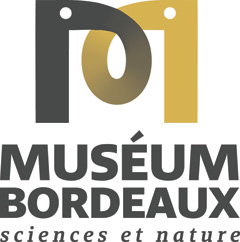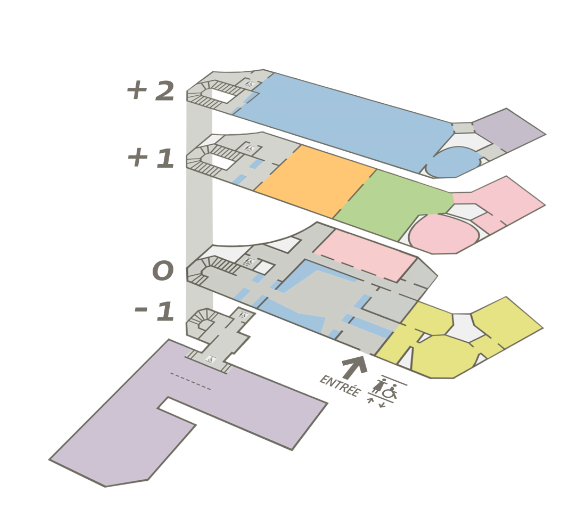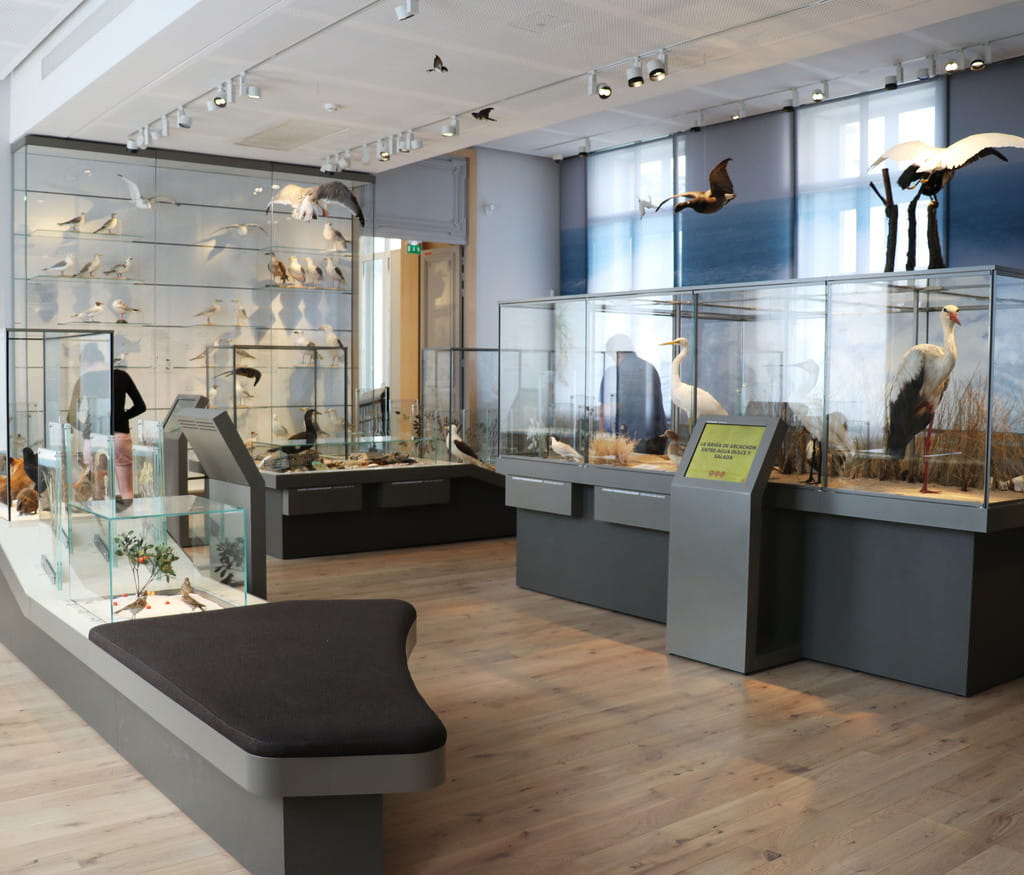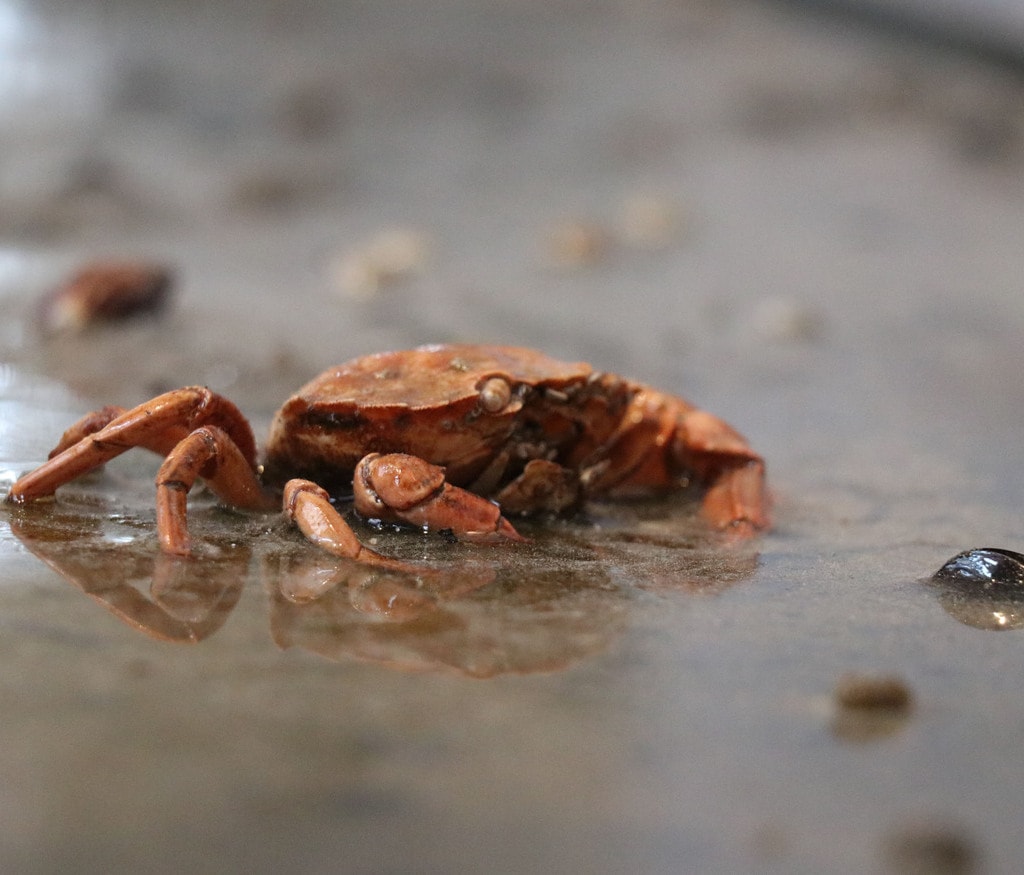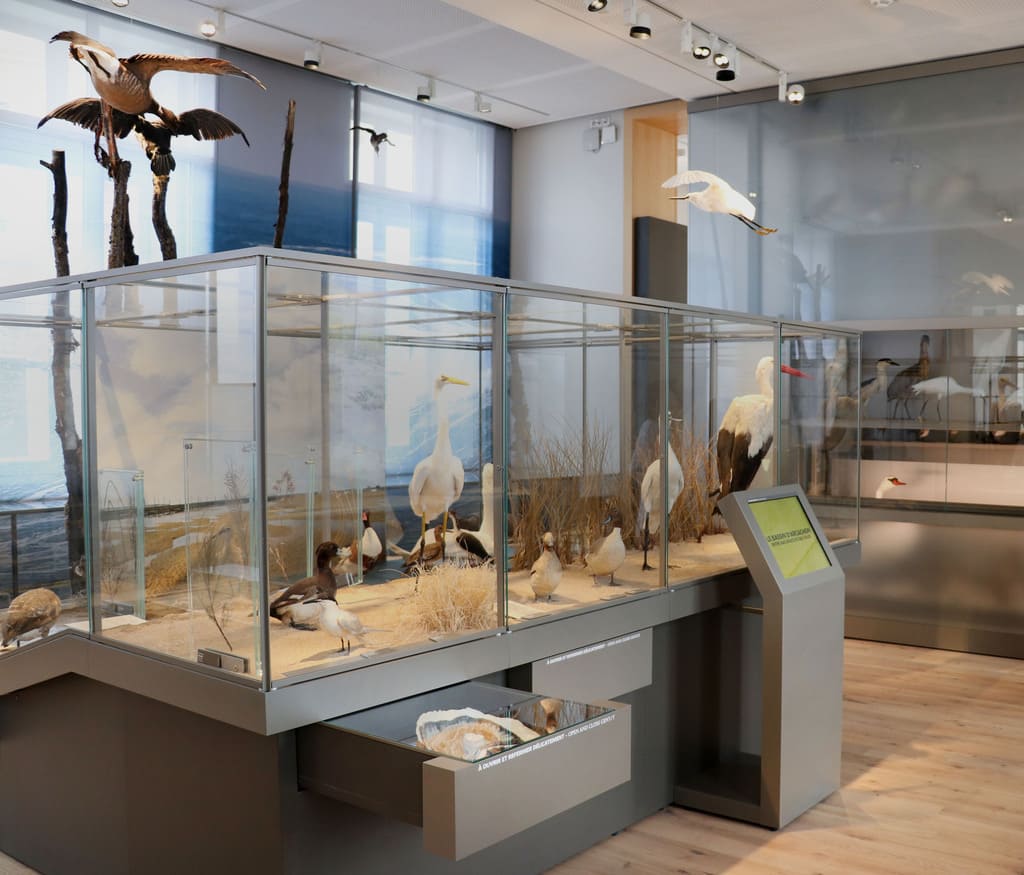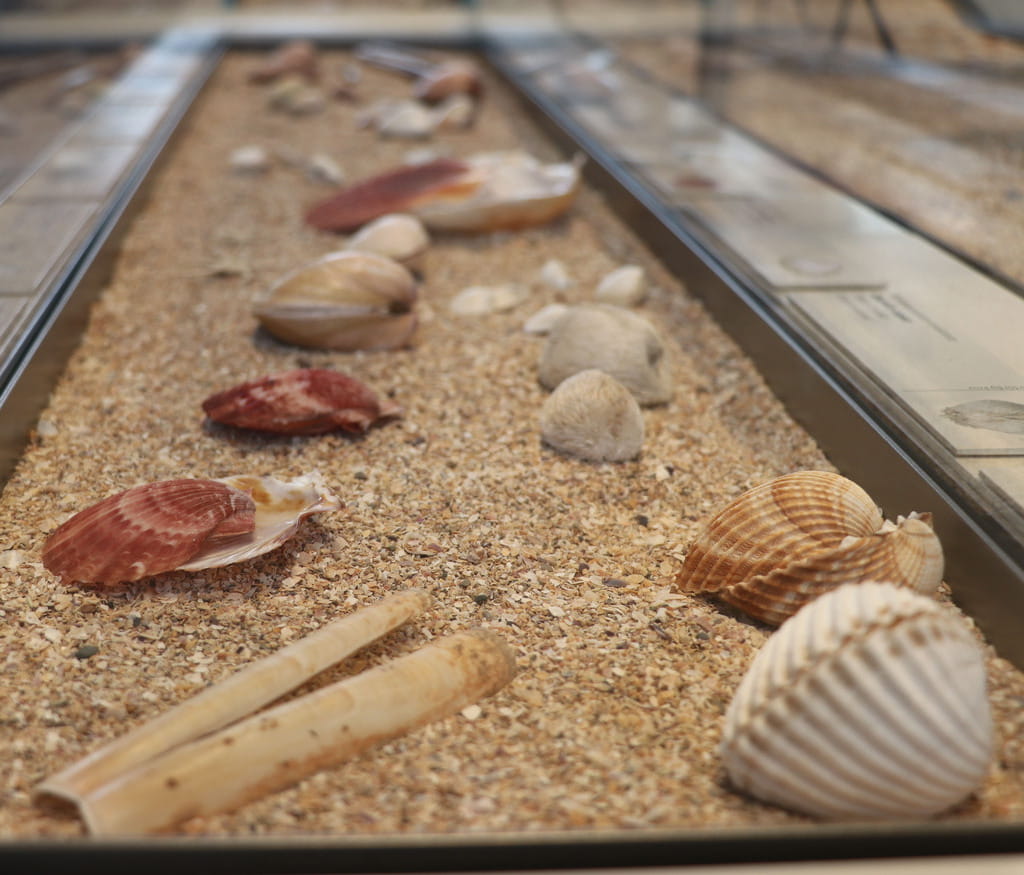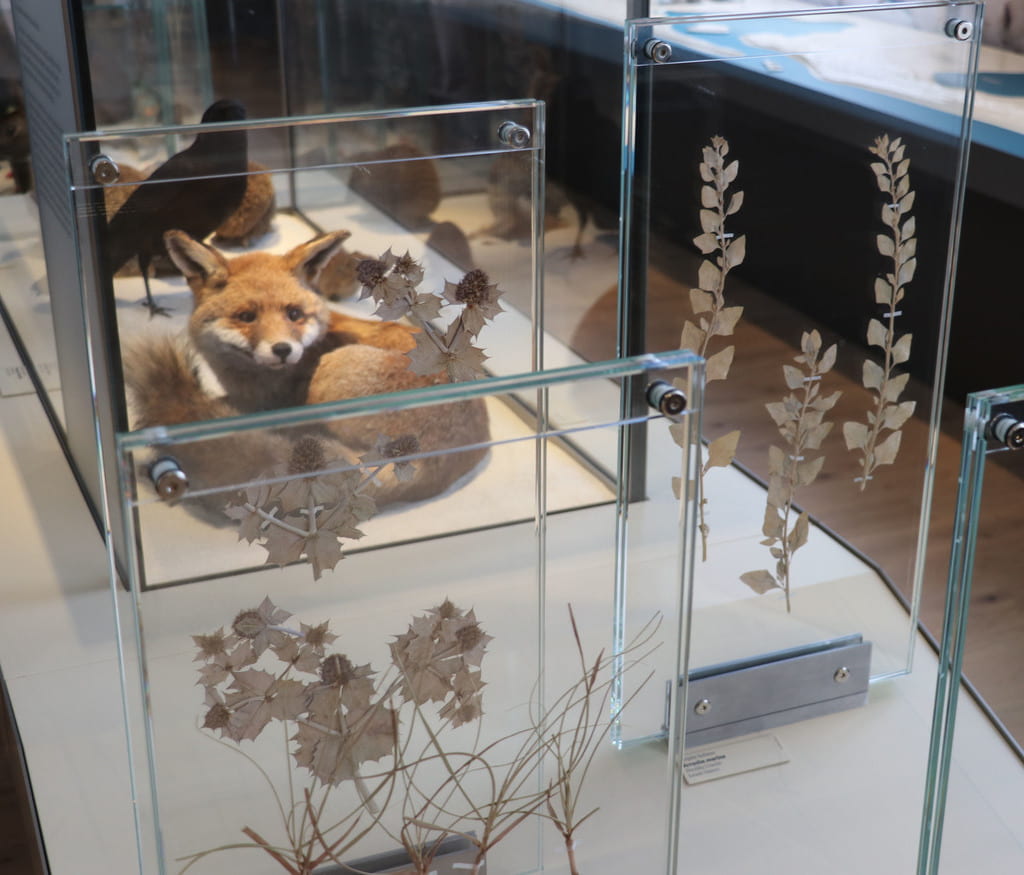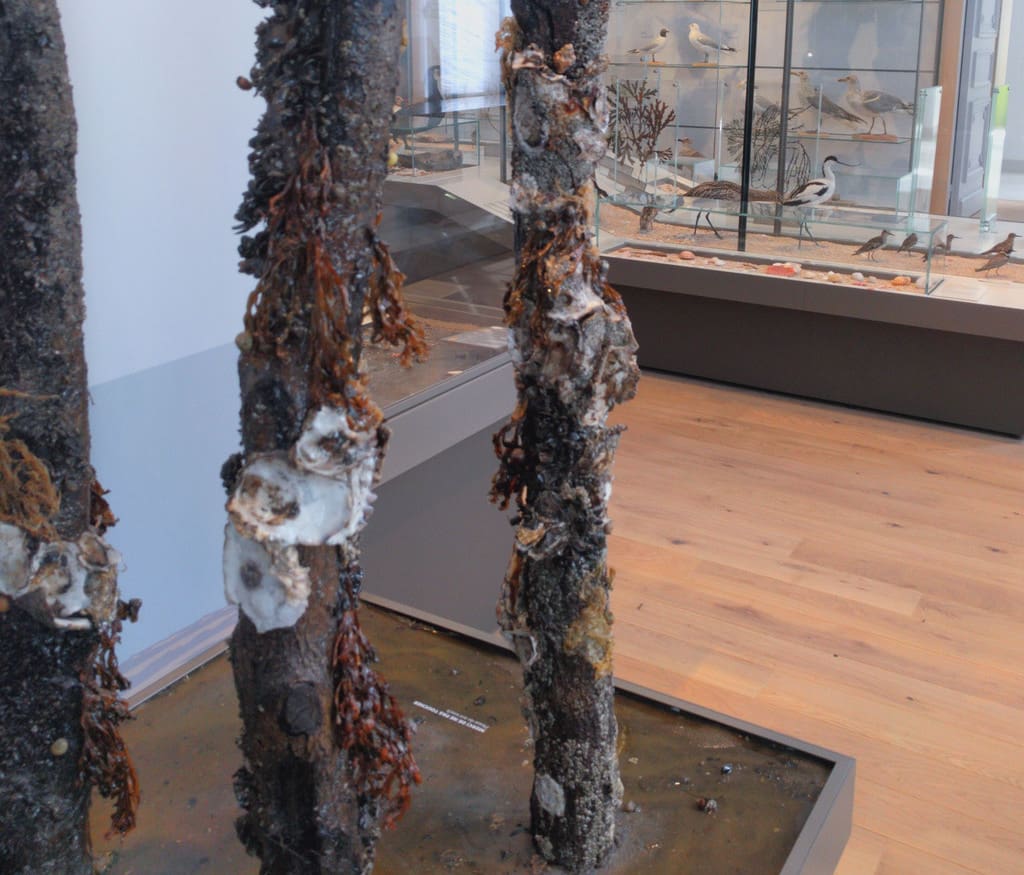Often described as the largest beach in Europe, the Aquitaine coast is reputed for its fantastic surfing conditions, temperate climate and unspoilt countryside.
The region's coast has been shaped by wind action and fluctuating sea levels for millennia. It is constantly evolving with the swell, winds and tides as well as the consequences of the urbanisation and stabilisation of the coasts.
The variety of the natural habitats found there, rich havens for biodiversity, has provided the conditions for diverse and original flora and fauna to flourish.
The aim of this exhibition at the Museum of Bordeaux is to provide the keys to unlocking the secrets of the coast and serve as a springboard for exploring other remarkable natural sites in the region. Through sketches and photos taken in the wild of species contained in our collections, we explore the phenomena, habitats, animals and people that populate this environment. Discover a selection of species that you might have a chance of meeting on a walk between the Pointe de Grave, the northernmost tip of the Médoc Peninsula, and the Spanish border.
Take a stroll near the Gulf of Gascony, at the crossroads of the cold boreal waters and the warm waters of the Iberian peninsula where marine life is so abundant.
Check out the raised-relief map to pinpoint the rocky and sandy parts of the coastline. In the south, the Basque coast is characterised by a succession of cliffs while the sandy coast stretches from the Pointe de Grave to the mouth of the Adour River. The Museum of Bordeaux explains how these coasts were formed, how long it took, the question of ‘stranding’ and the importance of human activity, both professional and recreational.
The Aquitaine coast stands out for its three special ecosystems which are represented by three display islands that present several common species of flora and fauna. Around this gallery, you can explore the dune which, standing looking out to the ocean, is the physical barrier between the beach and the forest. Formed by the combined action of the wind, sea and vegetation, it is in a permanent state of change. Another island contains a recreation of the foreshore which is covered and then uncovered by the tide. It stretches between the limits reached by the large amplitude tides, from the highest to the lowest sea level. Then there is the representation of Arcachon Bay which is a unique mass of landscapes with immense heritage and a strong identity.
Two wall displays will teach you more about the birds you can easily spot when taking a walk along the Atlantic coast. One is devoted to Laridae, a family of seabirds that includes gulls and terns. The other is an important ornithological guide presented in a rotating display. Specimens can be selected and transported right in front of you via the multimedia terminals.
